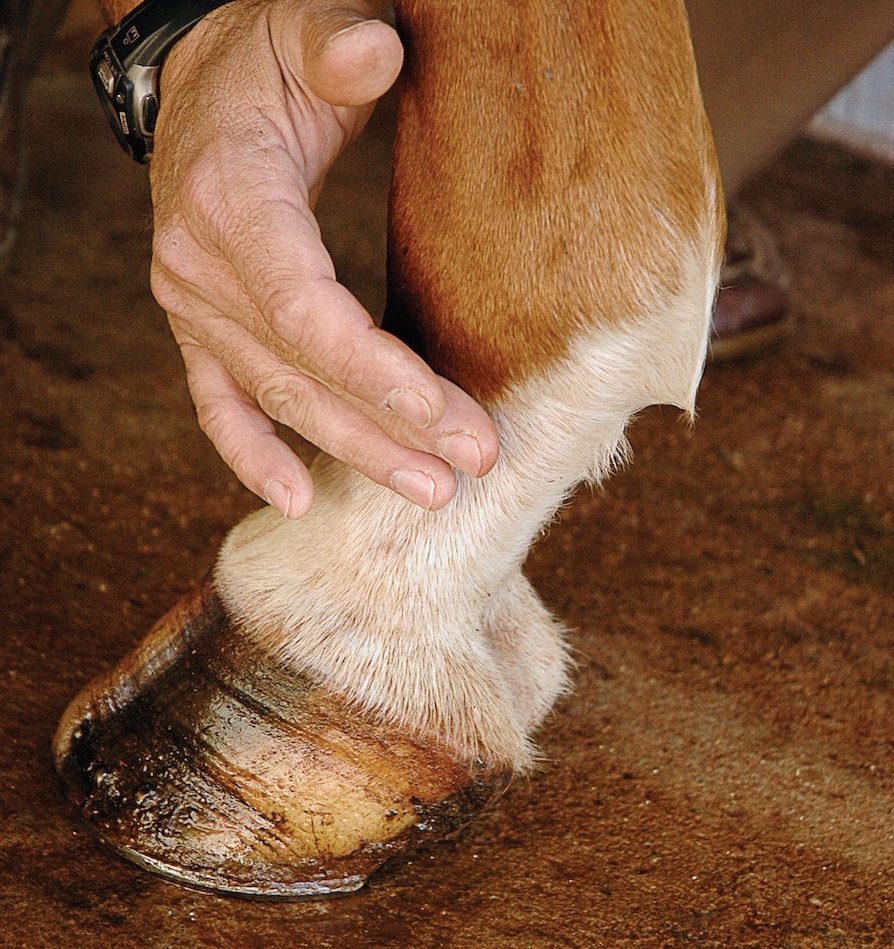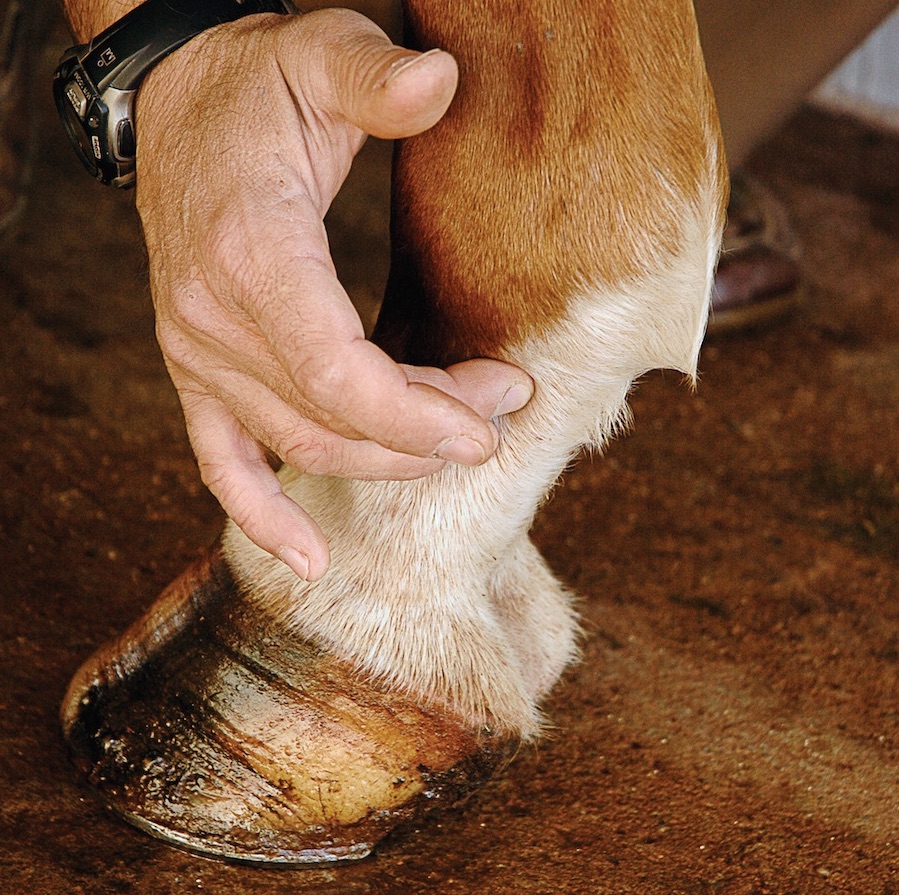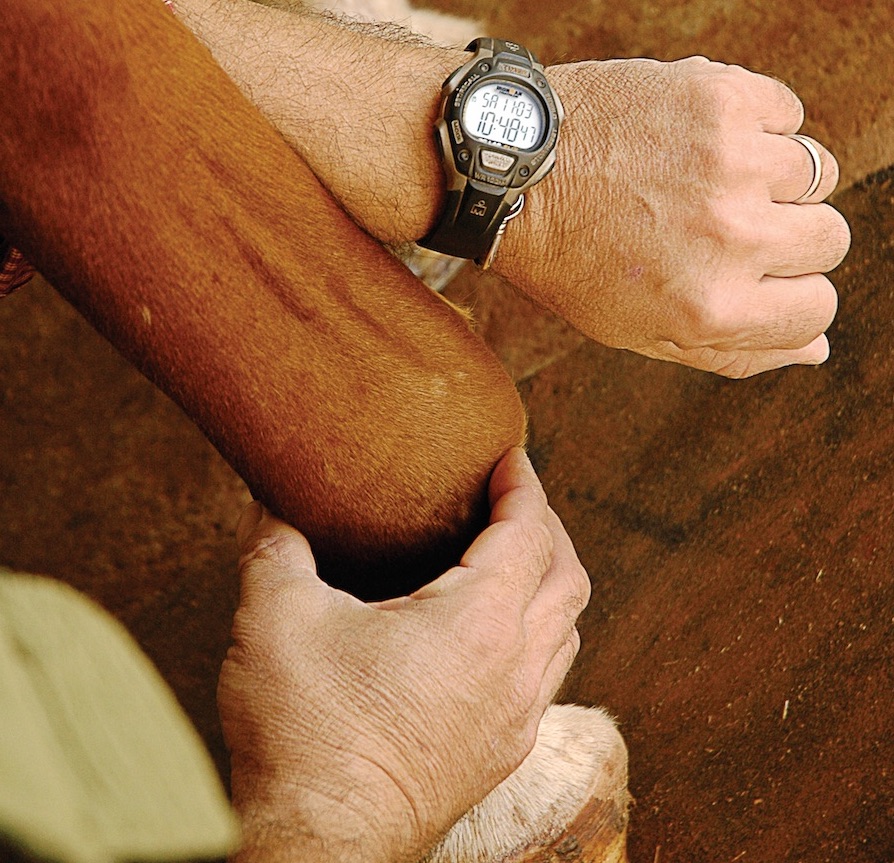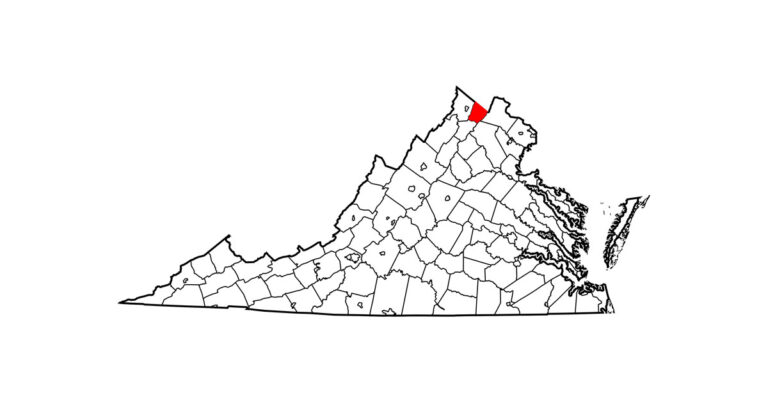Your horse has been diagnosed with laminitis and your vet tells you to take his digital pulse, both the beats per minute (bpm) and strength. Or you bring your horse in from the pasture looking forward to a nice afternoon ride, but once his feet hit the barn aisle something doesn’t sound right. You ask him to jog, and he gives you a limp. Then you look him over for any obvious wounds or swelling. You feel for heat, and check his feet for rocks and nails. Then you remember reading something about checking his pulse.
But exactly how and where do you take your horse’s pulse?
A pulse is the rhythmic contraction and expansion of an artery due to the surge of blood from from the beating of your horse’s heart. Taking his pulse measures the rate and strength of his heart beat. A faster-than-normal pulse indicates exertion, excitement or system-wide stress from conditions such as colic, fever or other trauma. But a pulse in his leg that feels stronger than usual could indicate laminitis, a bruise, a close nail from shoeing or a fracture. It also could be a sign of inflammation from an infection, such as an abscess.
There are several places you can take your horse’s pulse, but the best place to gauge leg or foot pain is at the digital artery below his ankle joint.



The normal pulse range for adult horses (ages 4-20) is 30-40 bpm, with an average of 36 for Thoroughbreds and warmbloods. Drafts and Quarter Horse types often average a little lower: between 32–34 bpm. A foal’s pulse ranges from 70-120 bpm and yearlings from 45-50 bpm. Following moderate exercise, a horse’s pulse rate should increase to 180-240 bpm, and it should fall to 60 bpm within 10-20 minutes of rest, and then slowly return to normal.
Taking your horse’s pulse when he’s healthy will give you an opportunity to get a feel for his normal pulse strength. It can be very subtle in some healthy horses.
To find your horse’s average resting pulse rate, take it daily or every other day for at least a week using the method that I describe below. Add the results and divide by the number of times you took the pulse to get an average. The reason for doing this is because a horse’s pulse can be affected by exercise, environmental temperature, stress, excitement of physical condition.
To learn to take your horse’s pulse under his jaw, click here.
Original article: February 2008
Dr. Javier Donatelli, DVM, grew up in Argentina training young horses and was a champion rodeo rider. He graduated from the University of La Plata in his home country. He has been the owner of Javier Donatelli Equine Veterinarian, LLC, since 2008 and is based out of Poolesville, Maryland.










